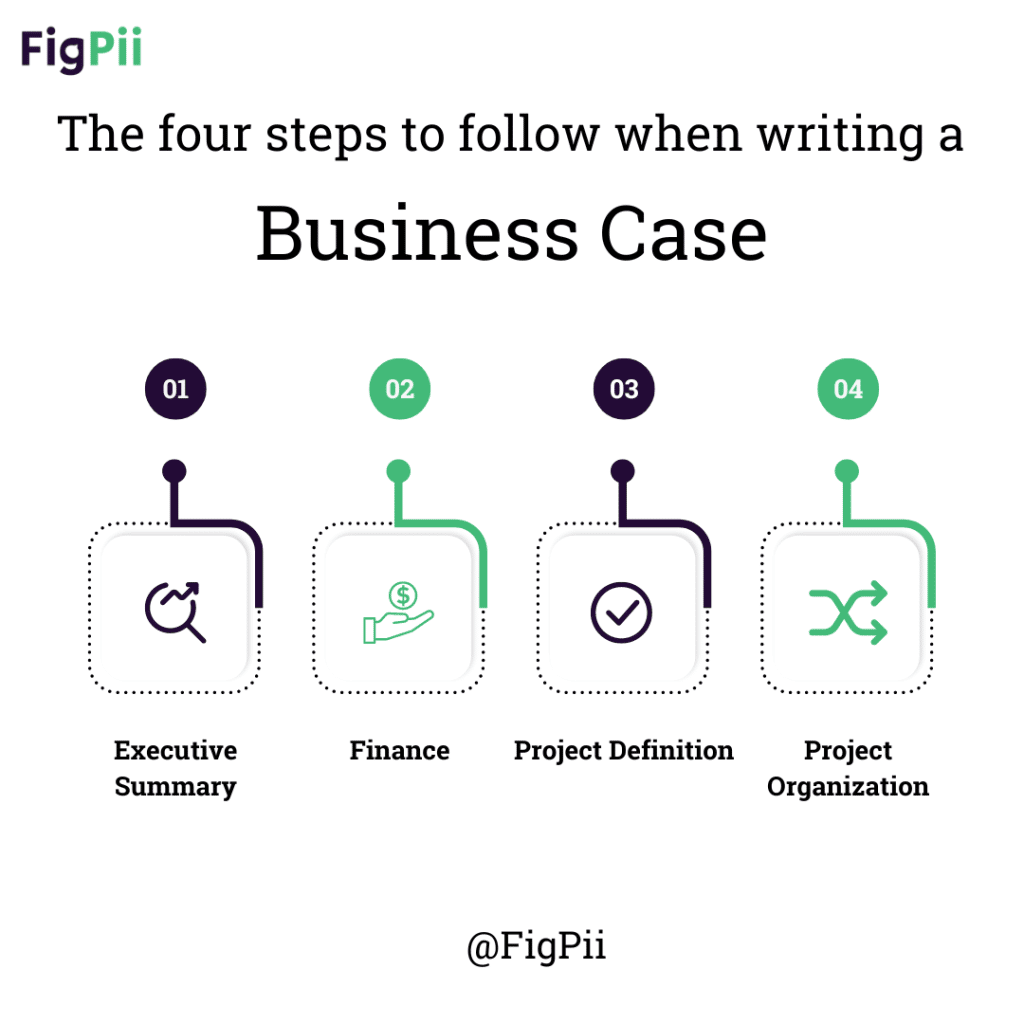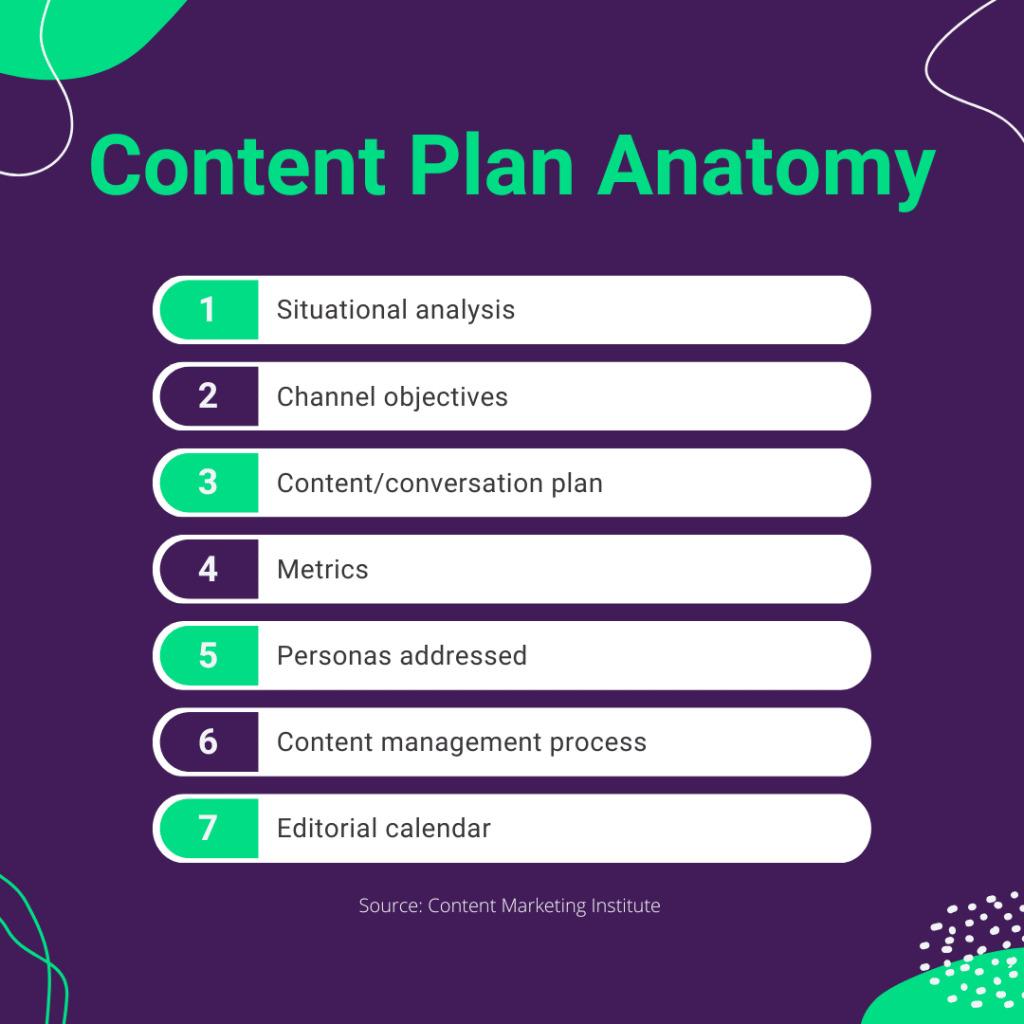As content marketers, we know the importance of writing content and executing a good content marketing strategy based on it.
When you look at companies that have been doing content marketing for a while and try to analyze their content marketing strategy, you’ll find they all follow a similar structure.
And this structure really comes in handy when you have to include all of the company in your marketing, especially salespeople.
It serves an important part as it unifies everyone under one roof, targeting one goal and trying to achieve a mutual OKR, rather than having everyone work alone without any grand vision.
You want to avoid friction and miscommunications and get everyone onboard with your plan, right?
The first step is to know what you need from other departments as a content creator and how they come into play seamlessly in your plan.
Once you’ve done all that, you’ll find that your content marketing strategy achieves what it was made for while making it seem easy.
So in this blog, we’ll talk about the anatomy of a content marketing strategy and what to look for when building your own.
The Anatomy of a Content Marketing Strategy
Your business goals define your content marketing strategy at its first stages. What is it that you’re trying to achieve using content marketing?
Are you trying to drum up brand awareness? Are you trying to position your brand as an authority or thought leader? Or maybe you’re trying to nurture those leads already in your pipeline?
Then you have to figure out your Ideal Customer Persona (ICP).
Customer Ideal Persona
Knowing who your customers are will help you identify what they want to see, thus building a solid bond between your content and your audience.
We wrote a blog about market research that goes in-depth into how you should approach it and what available tools are.

1- Put yourself in the shoes of your ideal customer
Try to visualize yourself in place of the persons likely to consume your content.
- Where do they work?
- What are their demographics and psychographics?
- What’s their industry?
- Where do they consume content?
Now that you have an image of your ideal customer in mind, let’s move to their objectives.
2- What’s the objective that they’re aiming to achieve?
Do you want not just to know your customer persona very well but also to know what he aims for when they’re consuming your content?
- What are her goals in her job or career?
- What are the obstacles they face?
Try to put yourself in the shoes of your ideal customer to know their pain point and what causes them frustration.
If you figure out these specific points, you already have a strong ICP that needs a little refinement.
3- Know where they live, reach them there
You need to know where your ICP lives and how you can reach them by educating them.
Ask yourself questions like:
- Where do they consume the majority of their content?
- Where can I reach my ICP at work so I know they’re paying attention?
- Do they prefer a specific content type?
4- Build a strategic map for your ICP
Now that you’ve successfully built your ICP from the ground up, map everything you know about them and map it to your strategic business objectives.

Source: Ardath Albee’s ICC 2016 presentation
Build your map as a story, and build trust and a meaningful relationship with your ideal customer.
Next, we have your business case and goals, one of the most foundational things you need to focus on in a content marketing strategy.
Business Case and Goals
You need to get everyone in the business on board and work towards achieving a specific goal that’s set to drive the business forward; that goal could be increasing MRR or hitting certain growth metrics.

To create your business case for your strategy, you’ll need to follow the four steps highlighted above, these are:
- Executive Summary
- Finance
- Project Definition
- Project Organization
If you’re looking for a simple and easy way to create your business case for content or any other strategies you’d lead, I highly recommend you check this blog by Adobe Work Front after you’ve finished reading this blog.
Brand Story
Stories make you different from everyone else, doing the same thing as you do, offering the same thing as you do; it’s what people associate us with; our stories make all the difference.
Your brand story is the why behind your brand; it’s the content in the content marketing strategy, and that is what you should focus on moving forward with your brand.
And to build a highly effective brand story, you need three major elements to be present in your strategy; these are:
Be authentic and relevant: To build a strong brand story, people need to know about you and your roots; tell the people how the company started and what it was for you in your starting days.
If you’re a start-up, try to be building in public to gain more support.
Know Your People: As you know by now, knowing your audience is the first step in building a great online brand.
Because knowing your audience’s language makes it easier for you to be relevant to them when building up your story.
Be clear on what you do: This is where I find many people failing to do it correctly. When you build up your story, highlight what it is you’re helping your customer with and what pain point you’ll help him solve.
To build the aspect of storytelling into your content marketing strategy, you’ll have to be known to your audience.
Some people call that building public, which gives the company a character of its own that your audience can stand behind.
Here’s what you should do to help build your story in front of your audience.
- Talk about why the company was founded. Tell a story about your company without selling your products, and the story will sell your products.
- Assign the main character to your story; people stand behind other people and not faceless corporations, so make sure that you are always on the frontier as a founder or someone from your team.
- Talk about your fails and wins, don’t blast your audience with just the success stories. Every story has a conflict, rising action, climax, and more, so make sure to add these to your story overall.
Content Marketing Mission Statement
The content marketing mission statement is one of the most important things you must focus on. As CMI puts it, your mission statement answers your content’s who, why, and what.
A content marketing mission statement is your brand’s principles and core value, which governs the content team’s decision-making process strategically and creatively.
It consists of 3 components: your audience, what you’re planning on delivering, and the benefits and outcome for your customer.
If you’re looking to build your content marketing mission statement, think of it like this, you’re in an interview, and you’ve got three questions you need to ask to proceed:
- Who is it that I’m creating this for? The answer to that would be your audience, but you’ll need to be extra specific.
- Why am I building this for? I’m building it to help my audience solve a pain point or achieve something.
- How am I planning on solving my audience’s problems? By creating a robust content strategy that helps them.
Content Plan
Creating a content plan, as you know, is one of the three content pillars discussed in this blog, and a good marketer knows her plan inside out, so you should too.
Where, what, and how should be among the first things you want to think about for your content plan, so let’s talk about it now.

Source: CMI
But according to Content Marketing Institute, a content plan consists of 7 things. These are:
- Situational analysis
The first step in your plan should be assessing what has been done and its impact, and based on historical data, what can we improve in the future?
An example of how to do a situational analysis would be going through a three-step process.
First, you’ll need to see what assets we currently have that help you get to tell your story.
These include your blog, Facebook page, Twitter, published articles, etc.
For example, if you’re a small business, your situational analysis would be smaller than a large corporate.
If you don’t have any assets, I recommend starting with a blog and a social media page to reach your target audience.
- Channel objectives
After you have done your analysis, you need to set your objectives for every marketing channel to help you put a goal that you hunt for on different channels that ultimately drive the growth of your business.
An example of that would be, say, TikTok. It’s a very effective channel in driving awareness about you and your business because of its massive users who consume content there.
But your blog, mainly your bottom-of-the-funnel blog, is a major conversion-focused channel that helps you get more users.
Your LinkedIn page can be a very effective source of users interested in your business.
Your goal here is to plan what you want to achieve and see which channels achieve your goals best.
- Content/conversation plan
This is where you put everything into a document and start planning which channels we are going for and what content these channels are.
I’ll give an example you’re probably familiar with: Invesp has produced high-quality content for over a decade.
But recently, alongside the change in how people consume content about CRO, they decided to branch out a bit and get into the ‘Live’ and ‘YouTube’ game.
Slowly but surely, when short-form content hit the scene, they jumped on that bandwagon.
- Metrics
Simply enough, they are the KPIs you’re working to achieve through your content marketing efforts.
These KPIs could be: increase your YouTube followers to 25,000 subscribers by the end of the year.
Or you are maybe hitting a certain number of visitors to your website per month like we’re trying to hit 3,000 visitors to FigPii per month.
- Personas addressed
In this step, you need to tailor your content based on what persona would be watching this type of content on what channel. You can’t blast the same type of content, expecting it to succeed everywhere.
For example, TikTok content is a minute or 30 seconds, YouTube is 10 minutes, live sessions are around an hour, etc.
- Editorial calendar
Lastly, you need an editorial calendar to help you manage and keep track of everything happening when you’re creating content.
You can use editorial calendars all over the internet, but I suggest you use CMIs, which you can find here.

